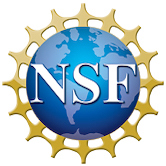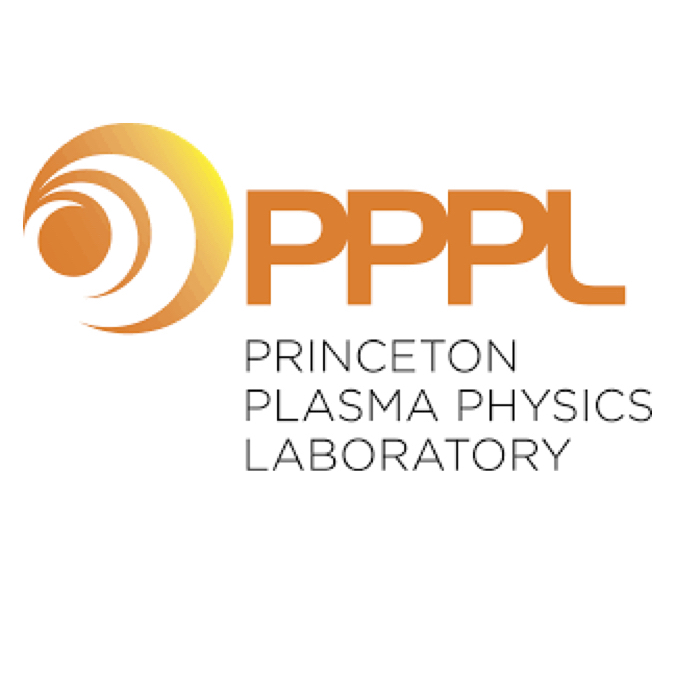Capabilities of MMM to Predict Plasma Profiles and Physics Phenomena in Tokamaks
T. Rafiq, J. Weiland, E. Schuster
66th Division of Plasma Physics (DPP) Annual Meeting of the American Physical Society (APS)
Atlanta, GA, USA, October 7-11, 2024
The Multi-Mode Module (MMM) is a physics-based model designed for multi-species,
multi-fluid, and multi-mode anomalous transport calculations in tokamak
discharges [1]. MMM can be used in the integrated modeling code TRANSP
to carry out predictive, time-dependent transport simulations to compute
electron and ion temperatures, electron and impurity particle densities,
and toroidal and poloidal rotation profiles. MMM encompasses a variety
of modes, including ITG, ETG, TEM, MTM, DRIBM, KBM, peeling, and high-mode
number MHD modes. MMM's advantage over fully kinetic models is the significant
reduction in computing time and the requirement of only three-dimensional
configuration space, as opposed to six-dimensional phase space. Additionally,
MMM can utilize quasilinear theory, whereas kinetic models require strongly
nonlinear effects such as resonance broadening. MMM's capability to recover
both the internal and edge transport barrier, the Dimits shift, isotope
effects, heating, and particle pinches is demonstrated, as is its ability
to predict plasma profiles.
[1] T. Rafiq et al. Phys Plasmas 20, 032506 (2013).
*Supported by the US DOE DE-SC0013977 and DE-SC0010661.







